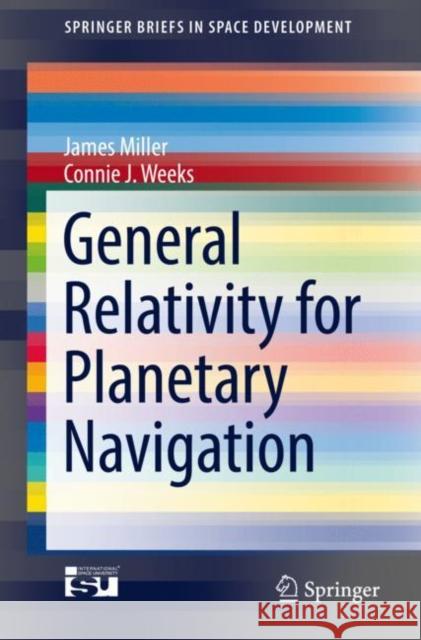General Relativity for Planetary Navigation » książka
topmenu
General Relativity for Planetary Navigation
ISBN-13: 9783030775452 / Angielski / Miękka / 2021 / 104 str.
Kategorie BISAC:
Wydawca:
Springer
Seria wydawnicza:
Język:
Angielski
ISBN-13:
9783030775452
Rok wydania:
2021
Wydanie:
2021
Numer serii:
000440494
Ilość stron:
104
Waga:
0.17 kg
Wymiary:
23.39 x 15.6 x 0.58
Oprawa:
Miękka
Wolumenów:
01
Dodatkowe informacje:
Wydanie ilustrowane











